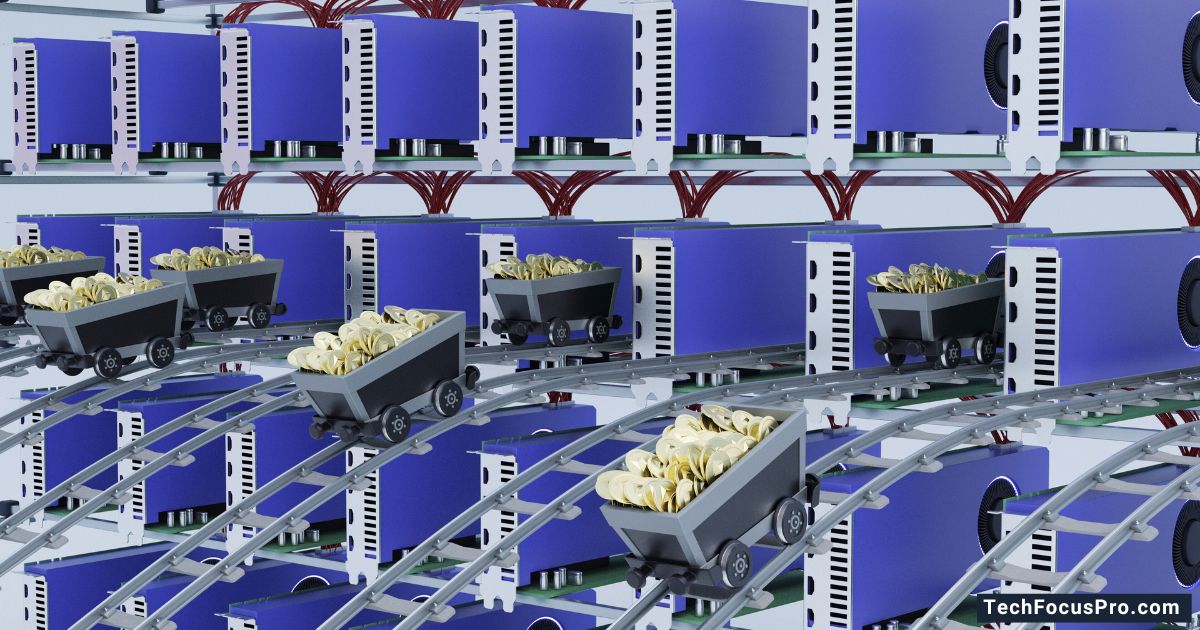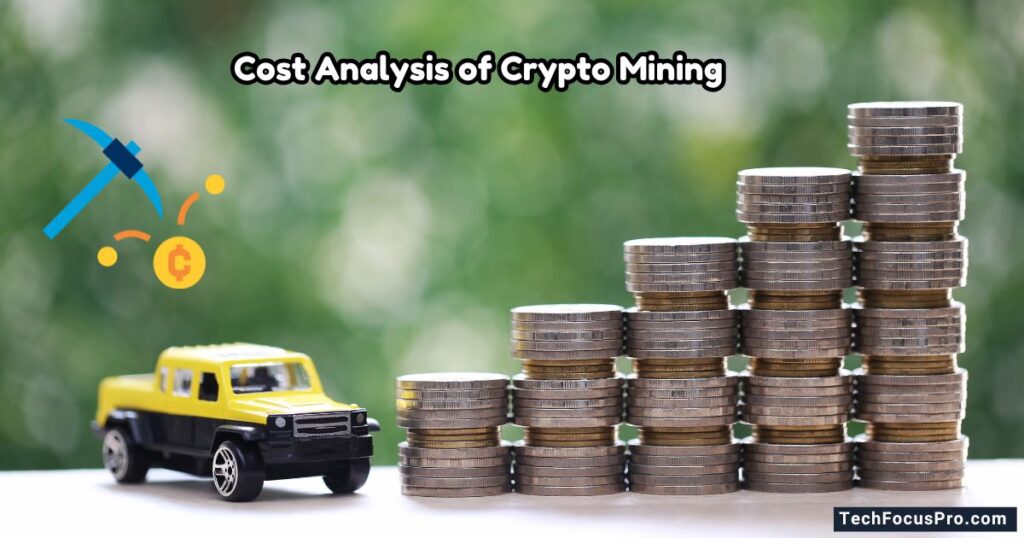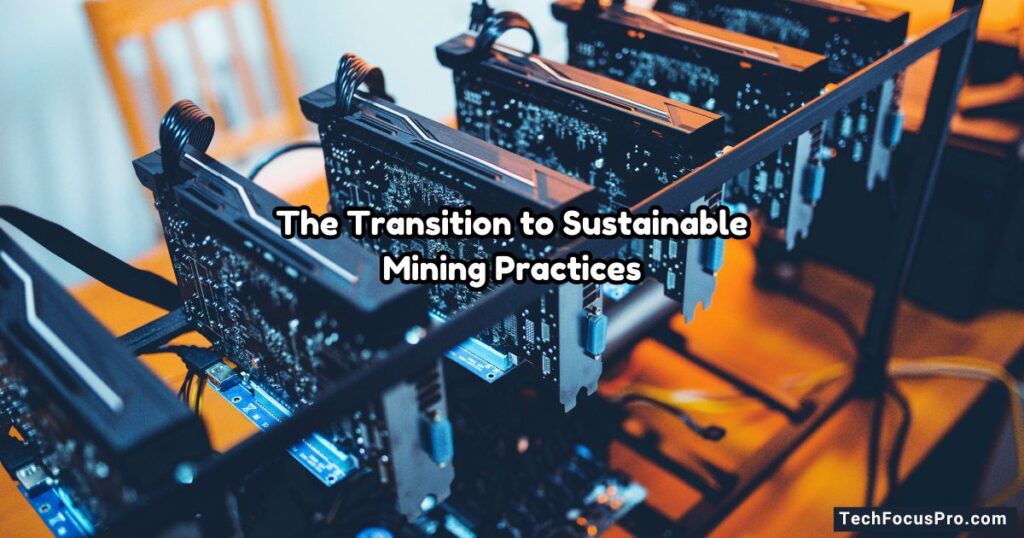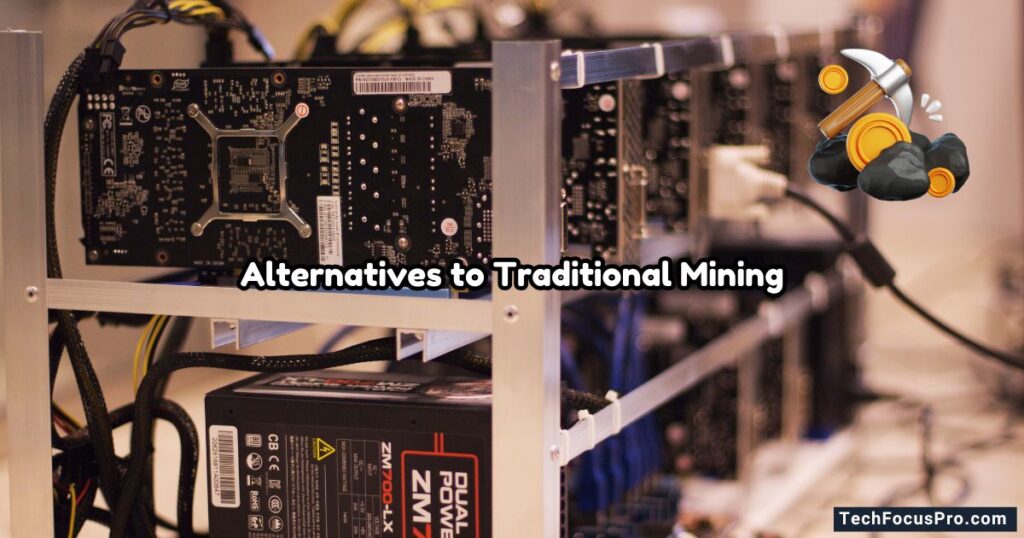Is Crypto Mining Still Profitable?

Cryptocurrency mining has been a topic of significant interest and debate since the rise of Bitcoin and other digital currencies over the last decade.
Initially, mining was seen as a lucrative and accessible venture, allowing individuals to earn substantial returns with low entry costs.
However, the crypto-mining landscape has shifted dramatically as the industry has evolved. Factors such as rising energy costs, increasing mining difficulty, and heightened competition have raised questions about its long-term profitability.
This section will explore whether crypto mining remains viable in today’s complex and rapidly changing economic and technological environment.
Factors Influencing Crypto Mining Profitability
Several key factors determine whether crypto mining is profitable or not. One major factor is energy costs.
Mining requires powerful computers that consume a lot of electricity, so if energy prices are high, it can significantly eat into any potential earnings.
Another important aspect is the mining difficulty, which adjusts over time based on how many miners compete to verify transactions.
When more people are mining, solving the complex problems needed to earn rewards becomes more complicated, making it less profitable for individual miners.
The type of cryptocurrency being mined also matters. Some coins are more straightforward to mine or require less expensive equipment, while others are much harder and need specialized setups.
Additionally, the value of the cryptocurrency plays a crucial role—if the market price drops, miners may not make enough to cover their costs.
Finally, equipment costs and maintenance impact profitability, as updating and repairing hardware can be very expensive.
All these factors make crypto mining a challenging but potentially rewarding activity for those who can manage their resources effectively.
Read More:- When Was Casper Founded Crypto?
Cost Analysis of Crypto Mining

Understanding crypto mining costs is essential to evaluate whether it’s genuinely profitable. The main expenses can be broken down into a few key categories:
Electricity Costs
Mining requires a lot of electricity to run the hardware and keep it cool. The energy consumption depends on the efficiency of the mining equipment used and the amount of time it operates.
Since electricity prices vary by location, miners generally have an advantage in areas with cheaper electricity. High electricity costs can quickly eat into any profits made.
Hardware Costs
Mining equipment, also called rigs, is a significant upfront investment. Machines like ASIC miners or powerful GPUs needed for mining can be costly.
On top of that, the equipment can become outdated as technology evolves, requiring miners to upgrade regularly to stay competitive.
Maintenance and Repairs
Mining rigs generate a lot of heat and run continuously, which can cause wear and tear. Regular maintenance and occasional repairs are necessary to keep them functioning efficiently.
There may also be costs for additional cooling systems to prevent the machines from overheating.
Pool Fees
Many miners join mining pools, working with others to improve their chances of earning rewards. However, these pools usually charge fees, which are taken from the mining rewards. While these fees may seem small, they can add up over time.
Network and Internet Costs
A reliable internet connection is essential for uninterrupted mining. While the cost may not be as high as electricity or hardware, it’s still crucial, especially for larger-scale setups.
Time and Effort
Mining can require a lot of attention, from monitoring the performance of rigs to troubleshooting issues. Even though this isn’t a direct financial cost, the time spent managing mining operations should also be considered.
It’s essential to add all these costs and compare them to the potential rewards when considering whether to mine. Remember, crypto mining isn’t a guaranteed source of income, as the value of cryptocurrencies can fluctuate dramatically, and some costs, like electricity, remain fixed. Careful planning and analysis are crucial to assessing whether mining is worth the investment.
The Transition to Sustainable Mining Practices

Sustainable mining practices focus on reducing the environmental impact of mining while making the process more efficient and eco-friendly.
Traditional mining methods often rely on large amounts of electricity, much of which comes from non-renewable sources like coal or natural gas.
However, transitioning to sustainable practices involves using renewable energy sources such as solar, wind, or hydroelectric power. This not only lowers carbon emissions but also helps reduce the overall cost of mining in the long run.
Additionally, sustainable mining includes optimizing hardware efficiency, recycling old equipment, and joining mining pools to limit unnecessary energy usage.
These changes ensure that mining can continue without harming the planet or exhausting resources.
Alternatives to Traditional Mining

Instead of traditional mining, which uses a lot of electricity and high-powered computers, there are other ways to verify and secure digital transactions. One popular alternative is called “Proof of Stake.”
This method doesn’t rely on solving complex puzzles like traditional mining. Instead, people can use their cryptocurrency to help the system run by “staking” it, which means holding it specially.
This process uses much less energy and is more environmentally friendly. Another option is “cloud mining,” where people rent mining power from a company instead of using their own machines.
These alternatives are designed to make supporting blockchain networks more efficient and less environmentally harmful.
Conclusion
In conclusion, finding better ways to use and support blockchain technology is essential for innovation and the environment. Exploring alternatives like “Proof of Stake” and “cloud mining” can reduce energy use and make the process more sustainable. These solutions are steps toward a future where technology can grow without harming the planet. Everyone has a part in making this change possible, whether by learning more or choosing eco-friendly methods.
FAQs
Do people get rich from crypto mining?
Yes, some individuals have become wealthy through crypto mining, particularly in the early years when mining was less competitive and required fewer resources.
However, profitability has decreased over time as mining has become more complex, energy-intensive, and reliant on expensive hardware.
Success in crypto mining today often depends on starting with significant capital, access to cheap electricity, and efficient mining equipment.
Is it worth mining crypto in 2024?
The worth of mining in 2024 will depend on several factors, including cryptocurrency prices, electricity costs, and the efficiency of mining technology.
For many individuals, the high operating costs and competition make it less profitable than it once was.
However, miners who can optimize costs or focus on profitable cryptocurrencies may still find mining worthwhile. Research and proper planning are essential before starting.
Which crypto mining is profitable?
Profitability in crypto mining varies depending on factors such as energy costs, hardware efficiency, and market conditions.
Generally, cryptocurrencies that use lower-cost algorithms, such as Litecoin or Ethereum (if still mineable in 2024), may be profitable.
Specialized tools, like profitability calculators, help miners identify opportunities based on real-time market data.
How many days does it take to mine 1 Bitcoin?
The time to mine 1 Bitcoin depends on the hash rate, equipment used, and mining difficulty, but with a top-of-the-line mining rig in 2024, it could take several weeks to months.
It could take years for solo miners with only one machine, as the current difficulty favors large-scale mining operations with significant resources.
Are there cryptocurrencies that are easier or more profitable to mine?
Some cryptocurrencies have lower mining difficulty and may be easier to mine depending on your hardware and energy costs. Altcoins like Ethereum Classic or Ravencoin might be more accessible for smaller miners than Bitcoin.
When will crypto mining end?
Crypto mining for Bitcoin will end once all 21 million coins have been mined, which is projected to happen around 2140.
This is because Bitcoin’s mining rewards are halved every four years in a process called “halving,” slowly decreasing the number of coins produced. Other cryptocurrencies have different rules, so their mining timelines may vary.
Do I need expensive equipment to mine cryptocurrency?
To stay competitive, miners often invest in specialized hardware such as ASICs (Application-Specific Integrated Circuits) or high-performance GPUs. While the initial cost is high, these devices are more efficient and can lead to better returns over time.
How does electricity cost affect crypto mining?
Electricity is one of the most significant expenses in crypto mining. Miners operating in regions with lower electricity costs have a considerable advantage. High electricity rates can significantly reduce or even eliminate profitability.
How do cryptocurrency prices influence mining profits?
Higher cryptocurrency prices can increase profitability as miners earn rewards in the form of cryptocurrency. Conversely, if prices drop, the rewards may no longer cover mining costs, resulting in losses.





